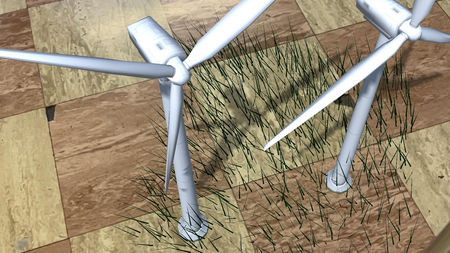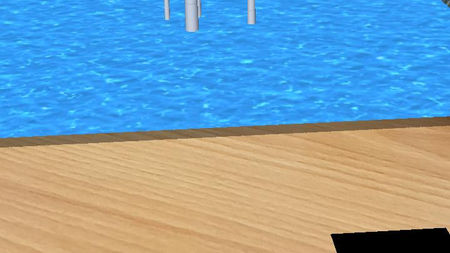Using Augmented Reality to Empower Visions for the Future
During the 2020-2021 school year, my school district created a unique professional development opportunity for their teachers. It was called the "Finnish Academy through 3D Bear." This opportunity was funded by the Bill and Melinda Gates Foundation and Google and was created in partnership with the NYC Mayor and a special task force with the Finnish Embassy. Across 5 virtual, 1.5 hour sessions, our cohort collaborated with two teachers from Finland on supporting students in a remote/blended learning environment and learned how to apply augmented reality in our classrooms through an application called 3D Bear. This virtual, professional exchange was vital in my professional growth and I acquired many new resources and skills beyond the application of 3D Bear. You can read more about the other benefits of this exchange in my blog.
Augmented reality allows us to take computer-generated images, videos and sounds and put them into our view of the real world. This is the same technology applied in the game, "Pokemon Go" as well as in Snapchat and Instagram filters. 3DBear is a digital tool that was developed for smartphones and tablets so that teachers could apply augmented reality in the classroom. As with any other implementation of a digital tool, the complexity of the task dictates which category of the SAMR model 3Dbear falls into. 3Dbear has a huge library of images and videos that are regularly updated. There is a cost associated with this application but each teacher can have up to 1,000 student accounts. As with any other tool, I would suggest giving the students time to play with 3Dbear before asking them to use it for an academic task. Letting my students play with 3Dbear in an undemanding way helped them to learn how to access the image library and how they could adjust the images to suit their needs. My students were really excited to use 3Dbear. All of my students found the application easy to access and use even if they had fine motor difficulties. A word of warning, this application is not yet available on all NYCDOE ipads. Some of my students had to access 3Dbear on their personal devices. I made sure to get parent permission before the students downloaded the app. There is no cost to download the app for students as long as they log in with your class code. Teachers can access all student images when logged onto the website on their desktop or laptop.

How did I choose to use 3D Bear? I chose to have the students use this application in our science unit on Energy Conversions. In science, the students had been imagining they were system engineers for an imaginary city named, "Ergstown." Ergstown was facing an energy crisis that was resulting in frequent blackouts. Mayor Joules had tasked the students with designing a solution that would increase energy output and put a stop to these blackouts. In small groups the students used 3D Bear to design a solution that met the design criteria provided by Mayor Joules. After the students created their design, I inputted their designs into Google Jamboard slides. The students had to place their image from 3D Bear in the exact location they wanted this design on the Ergstown Regional Map. They used the drawing feature from Google Jamboard to add in additional power lines or power plants. Each group shared their designs and demonstrated how it met each of the criteria. Students self-assessed using a checklist that was based on Mayor Joules' design criteria. In the next lesson, the students were able to make changes to their design based on feedback from their classmates and had the option to either write a letter to Mayor Joules explaining their design or make a video on Flip using Flip's screen share setting. All of my students chose to record videos. Below is the formal lesson plan, I shared with the other teachers in my cohort and the student Jamboard slides. The formal lesson plan includes the student checklist.
My students and I enjoyed using 3DBear in our science unit on Energy Conversions. By combining 3Dbear with both Google Jamboard and FlipGrid, the students were able to use their previous knowledge to design a solution, demonstrate how it met the design criteria and explain why Mayor Joules should choose their design. This lesson is an example of how you can use digital tools to redefine a task within the SAMR model. I'm excited to experiment with the application of 3DBear in other content areas during the 2021-2022 school year.









